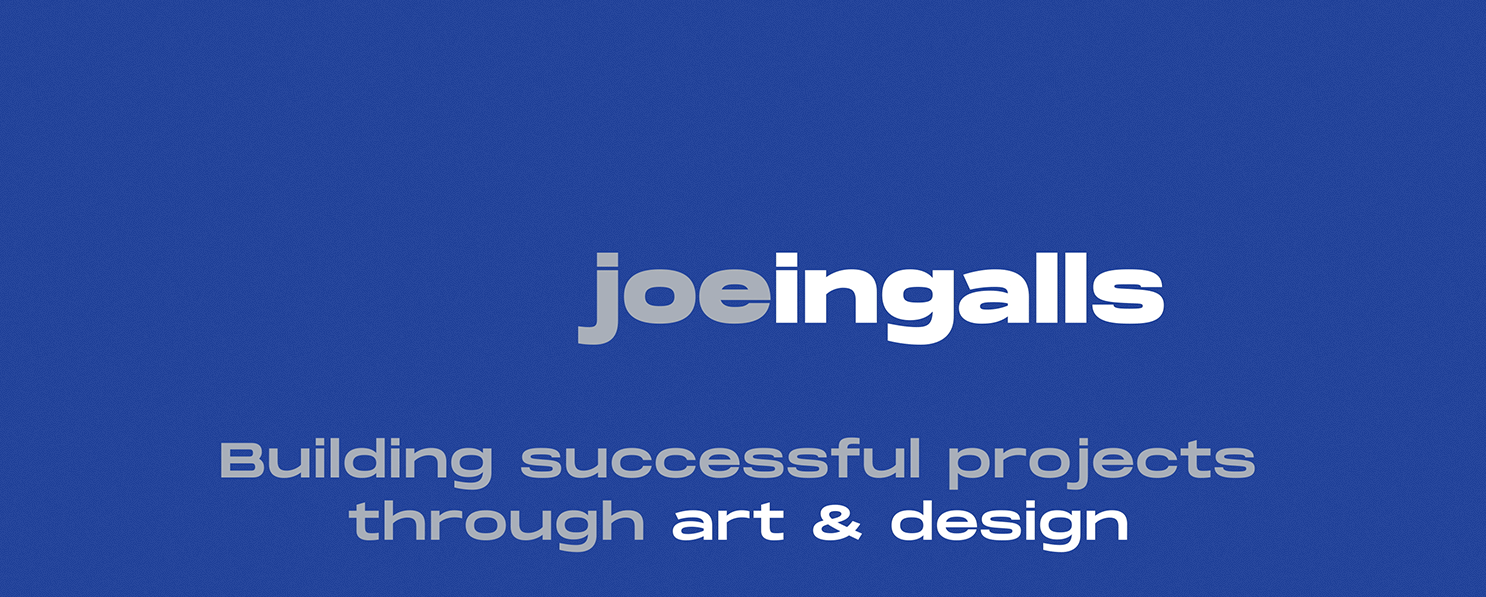I created animations for Bloom Cannabis for in-store promotion. I was tasked to create an animation which was kinetic and fun, while also fitting within their brand standards.
To get started with the animation I needed to create 3D models of the products:
3D Render of product utilizing the existing packaging design:
Details like air bubbles inside the cannabis oil were added for realism:
As well as details like creases and fold marks on the packaging:
While the packaging is a very simple 3D model, these small details go a long way in helping to sell the realism of the scene.
The packaging has two components, an internal box, and an outside sleeve with a die-cut hole which reveals the inner box. I physically studied the product prior to texturing them, shifting it around in my hands, understanding how light and reflection affect the product. The sleeve is significantly more reflective, and shiny, than the matte, slightly textured, internal box. These details were accounted for in the material properties of the model's texture.
A technical note
The model for the pen was more challenging than the packaging. I used low–poly, point–based modeling, which was then subdivided into a higher polygon resolution.
Both models are effective 3D models; meaning there are no N-gons (polygons with five or more points, which often cause problems down the pipeline), triangles, or overlapping vertices. They can be used in every application from 3D printing, to gaming, to animation. Even though the goal was animation with these models, it's important to create an effective, clean, model from the get-go.
I created the 3D model of the pen (and packaging) based on accurate measurements, and photographic reference, to ensure the 3D model was highly accurate, and matched the real physical product.
The scene was also rendered with true 3D motion blur which gives a more realistic look than other methods. In addition to that, the scene was created in a physically accurate environment, so I could adjust lighting, reflectors, and more with real-world inputs.
A quick, subtle, spill of light, on the left side of the frame, quickly reveals a very small amount of dust on the lens of the camera. Even in a perfect studio environment, when you do everything you can to be perfect, there are still minor imperfections. With camera lenses, the more light that shines into it – the more you can see anything that may be on the lens.
In realistic CG rendering, and animation, a balance needs to be struck between being perfect vs. imperfect. A 100% perfect 3D model and scene can look sterile, or fake. And yet one that used too many imperfections, lens flares over the scene, etc., can also make the scene look fake, or distracting.
The final shot of the animation required using CG physics. I set this scene up, and again used real-world properties – of gravity, drag, bounce, and friction to create a realistic physics simulation. I adjusted parameters, placement of models, and more until I got the desired look.
The animation:
